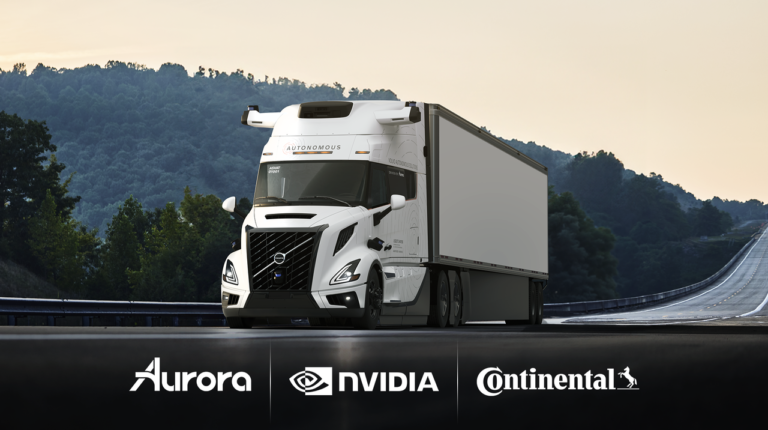Toyota, Aurora and Continental are the latest three companies to join the list of mobility leaders developing and building their consumer and commercial vehicle fleets on Nvidia’s accelerated computing and AI.
Toyota, currently the world’s largest auto maker, will build its next-generation vehicles on Nvidia Drive AGX Orin, running the safety-certified Nvidia DriveOS operating system. These vehicles will offer functionally safe, advanced driving assistance capabilities.
Nvidia says most auto manufacturers, trackmakers, robotaxi and autonomous delivery vehicle companies, Tier 1 suppliers and mobility startups are developing on the Nvidia Drive AGX platform and technologies. With this, Nvidia’s automotive vertical business is expected to grow to approximately US$5bn in fiscal year 2026.
“The autonomous vehicle revolution has arrived, and automotive will be one of the largest AI and robotics industries,” said Jensen Huang, founder and CEO of Nvidia. “Nvidia is bringing two decades of automotive computing, safety expertise and its CUDA AV platform to transform the multitrillion dollar auto industry.”
Aurora, Continental and Nvidia also announced a long-term strategic partnership to deploy driverless trucks powered by Nvidia Drive. Nvidia’s accelerated compute running DriveOS will be integrated into the Aurora Driver, an SAE level 4 autonomous-driving system that Continental plans to mass-manufacture in 2027.
Other mobility companies adopting Nvidia’s platform for their advanced driver-assistance systems and autonomous vehicle roadmaps include BYD, JLR, Li Auto, Lucid, Mercedes-Benz, Nio, Nuro, Rivian, Volvo Cars, Waabi, Wayve, Xiaomi, Zeekr, Zoox.
Nvidia offers three core computing systems and the AI software essential for end-to-end AV development. Nvidia Drive AGX is the in-vehicle computer. NVIDIA DGX processes the data from the fleet and trains AI models, and Nvidia Omniverse and Nvidia Cosmos, running on OVX systems, test and validate self-driving systems in simulation.


